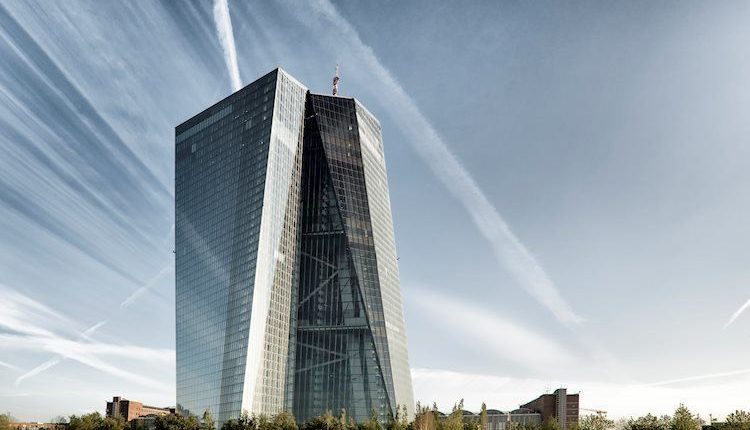The European Central Bank (ECB) policymaker Francois Villeroy de Galhau said on Thursday that the central bank should keep its options open for a bigger rate cut next month and its policy rate could eventually fall to a level that once again boots growth, per Reuters.
Key quotes
Seen from today, there is every reason to cut on December 12. Optionality should remain open on the size of the cut, depending on incoming data, economic projections and our risk assessment.
Victory against inflation is in sight.
The inflation target may be reached in early 2025.
Our interest rates should clearly go to the neutral rate.
We still have significant room to remove the restrictive stance of our monetary policy.
I wouldn’t exclude going below the neutral rate in the future.
There is every reason to cut on December 12th, optionality should remain open on the size.
For the following meetings, we shouldn’t exclude any of them for possible cuts.
Market reaction
At the time of writing, the EUR/USD pair is trading 0.04% higher on the day to trade at 1.0559.
ECB FAQs
The European Central Bank (ECB) in Frankfurt, Germany, is the reserve bank for the Eurozone. The ECB sets interest rates and manages monetary policy for the region. The ECB primary mandate is to maintain price stability, which means keeping inflation at around 2%. Its primary tool for achieving this is by raising or lowering interest rates. Relatively high interest rates will usually result in a stronger Euro and vice versa. The ECB Governing Council makes monetary policy decisions at meetings held eight times a year. Decisions are made by heads of the Eurozone national banks and six permanent members, including the President of the ECB, Christine Lagarde.
In extreme situations, the European Central Bank can enact a policy tool called Quantitative Easing. QE is the process by which the ECB prints Euros and uses them to buy assets – usually government or corporate bonds – from banks and other financial institutions. QE usually results in a weaker Euro. QE is a last resort when simply lowering interest rates is unlikely to achieve the objective of price stability. The ECB used it during the Great Financial Crisis in 2009-11, in 2015 when inflation remained stubbornly low, as well as during the covid pandemic.
Quantitative tightening (QT) is the reverse of QE. It is undertaken after QE when an economic recovery is underway and inflation starts rising. Whilst in QE the European Central Bank (ECB) purchases government and corporate bonds from financial institutions to provide them with liquidity, in QT the ECB stops buying more bonds, and stops reinvesting the principal maturing on the bonds it already holds. It is usually positive (or bullish) for the Euro.
Read the full article here

